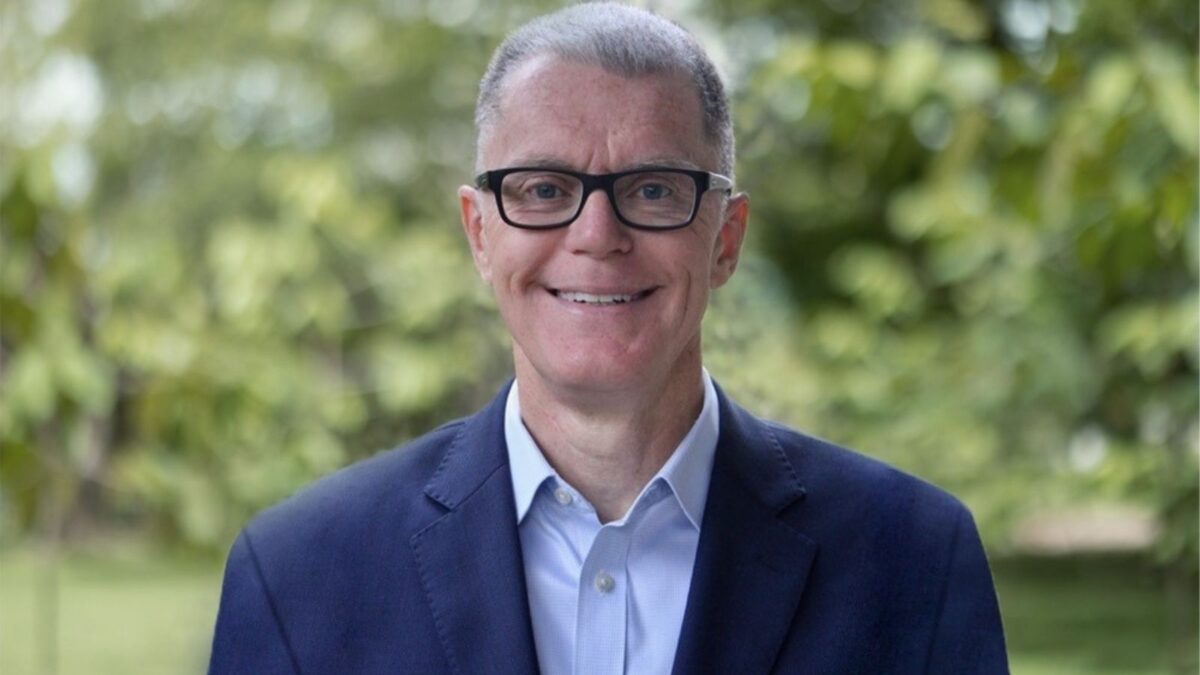Bond managers call for new benchmarks
(pictured: Jim Christensen)
Some super funds are looking to change their global benchmarks to cater for the “upside down world” of negative interest rates and ongoing uncertainty about the worth of quantitative easing, especially in Japan.
At a briefing organised by QIC last week, at which the manager’s latest paper on fixed income investing was released, Jim Christensen, the firm’s head of multi-asset investing and a managing director, said some funds had been considering carving Japan out of their global mainstream benchmarks.
Volatility, negative rates for longer than any other country and about 25 years of flatline growth in Japan, have caused the frustration. The market is just too difficult to assess and predict.
But Katrina King, QIC’s director of research and strategy, said that the study of Japanese flows at least provided a guide for what the Australian dollar was likely to do.
Susan Buckley, managing director of global liquid strategies, described it as “an upside down world with fragile liquidity”. Christensen said it was a “muddling difficult world”.
Matthew Peter, QIC’s chief economist, said the world had become a far riskier place. According to QIC’s “risk index”, the level of market risk is about 30 per cent higher than it was in 2007, prior to the global financial crisis.
Whatever the state of the world, investing is not what it used to be and it is unlikely to return to historically normal behaviour anytime soon.
Japan, while representing only about 3 per cent of world GDP, remains a particular focus for economists and fund managers. Its latest policy manoeuvres appear to be a test case for the world.
The QIC ‘red’ paper, as the firm calls its research pieces for clients, is entitled: “Navigating Negative Interest Rates and Liquidity Challenges: Welcome to the New World of Fixed Income Investing”.
It says: “The shibboleths of a lifetime like unbending faithfulness to benchmarks and liquidity need to be revisited. Those who survey the horizon with fresh eyes and recognize trends early on and are quick and flexible to adapt their investment strategies will be able to successfully navigate the strange new world of fixed income. By contrast, those who miss the great turning points stand the risk of suffering painful portfolio attrition.”
With about 40 per cent of the global bond market index having a negative yield, QIC believes it is time for a “commonsense” relaxation of benchmark constraints. Japanese debt accounts for about two-thirds of negatively yielding debt worldwide.
“Intuitively, only positively yielding securities would be in a benchmark. After all, clients require positive returns, usually something ahead of the inflation rate,” the paper says.









